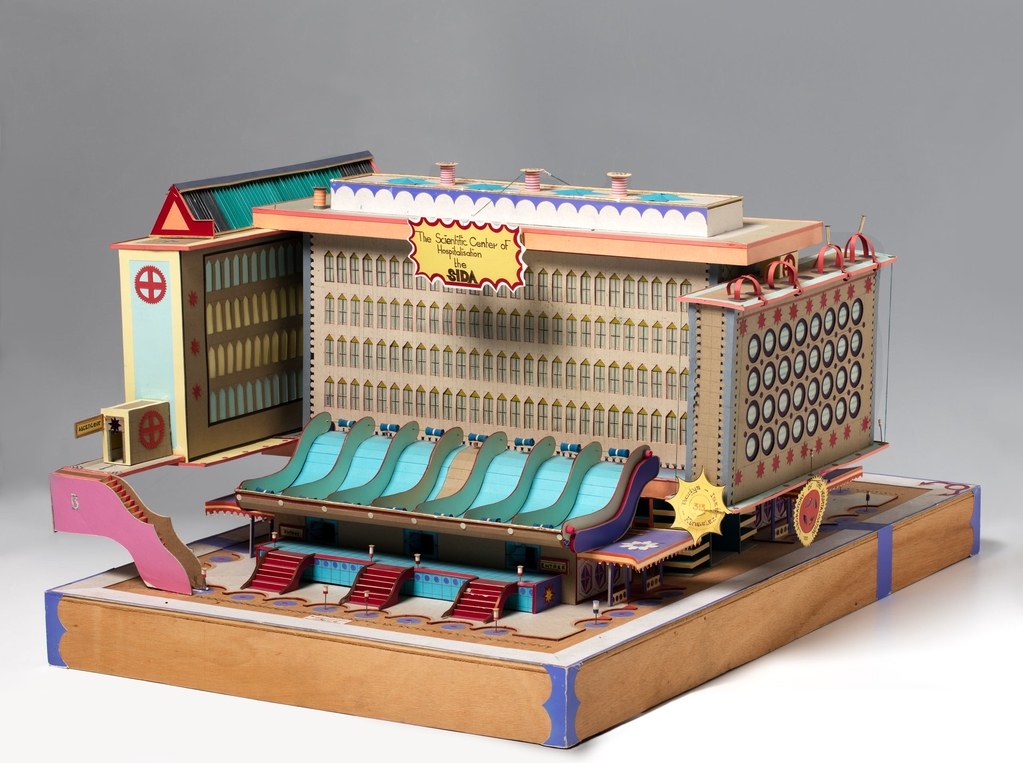The Colourful Cityscapes of Bodys Isek Kingelez
By TH!NK by IBI
Date
June 4, 2018Architectural models have long been used to communicate design ideas to clients, simultaneously acting as both marketing tools and elaborately detailed works of art. Since the introduction of digital rendering tools such as CAD and BIM, many architects have chosen to use software programs to create 3D digital models instead. While these tools offer greater flexibility, including both internal and external visualization and quicker rendering modifications, are we losing touch with an art form in the process?
In New York City, the Museum of Modern Art is currently showcasing an entire exhibition dedicated to architectural models built and designed by the late Bodys Isek Kingelez. Kingelez’ work is an embodiment of how design can be used as a tool for social justice, empowering desperate communities through imaginary equity shifts. His colourful models depict utopian and futuristic visions of global peace and provide design solutions for contemporary grievances such as post-war Japan and the exploitation of Palestine. Most typically though, his work is situated within his home country of Zaire (now the Republic of Congo), referencing local issues such as the AIDS crisis which can be seen in his model for the Scientific Center of Hospitalisation the SIDA 1991.
His architectural models powerfully blur the boundaries of geography, drawing from an eclectic array of architectural and product design motifs such as Chinese pagodas, Las Vegas casino signs, escalators, space ships, and carnival tents. It’s a colourful wonderland you wish you could shrink yourself inside and experience at the human scale.
Kingelez’s medium is humblingly accessible- using paper, glue, cardboard, and soda cans to create his globalized utopian cities of the future. Through the use of simple materials, his ornate structures remind us of how architecture can be used as a tool for peacekeeping and spreading joy through human-centred design. Bodys Isek Kingelez is an inspiration to us not only for his contributions to architecture, but in his wholeheartedly humanist values, centering the desire for a better world at the heart of his work.

The Scientific Center of Hospitalisation the SIDA, from 1991.Courtesy Groninger Museum Collection; photograph by Marten de Leeuw
Lead image by Jean-Pierre Dalbéra via Flickr







